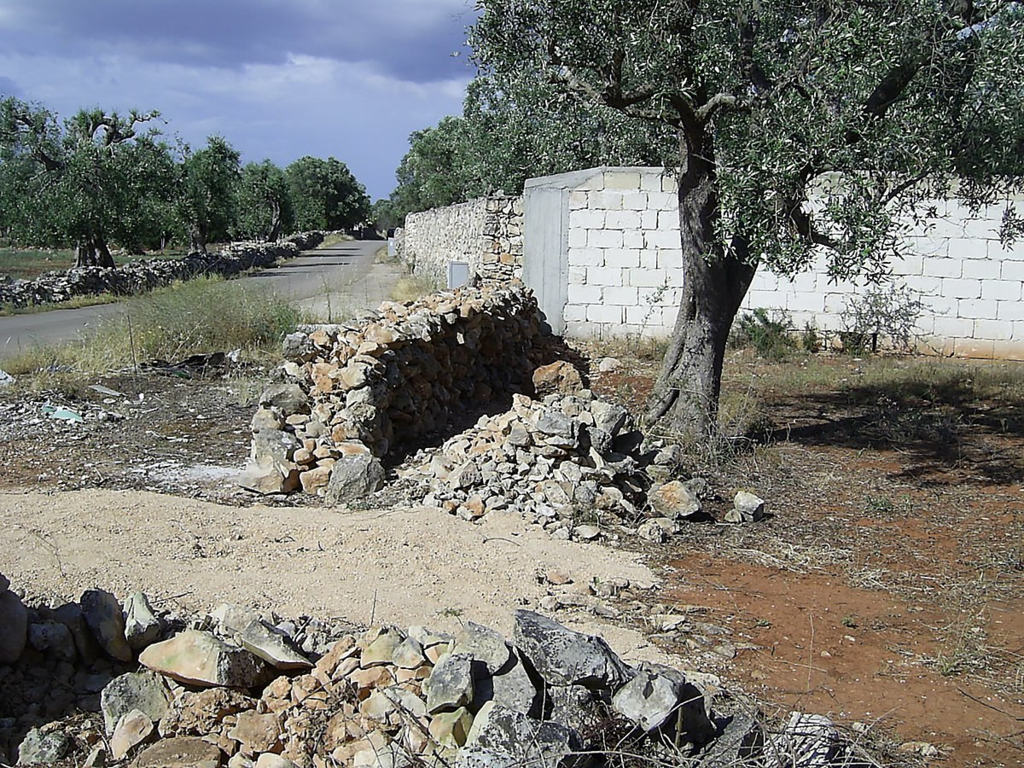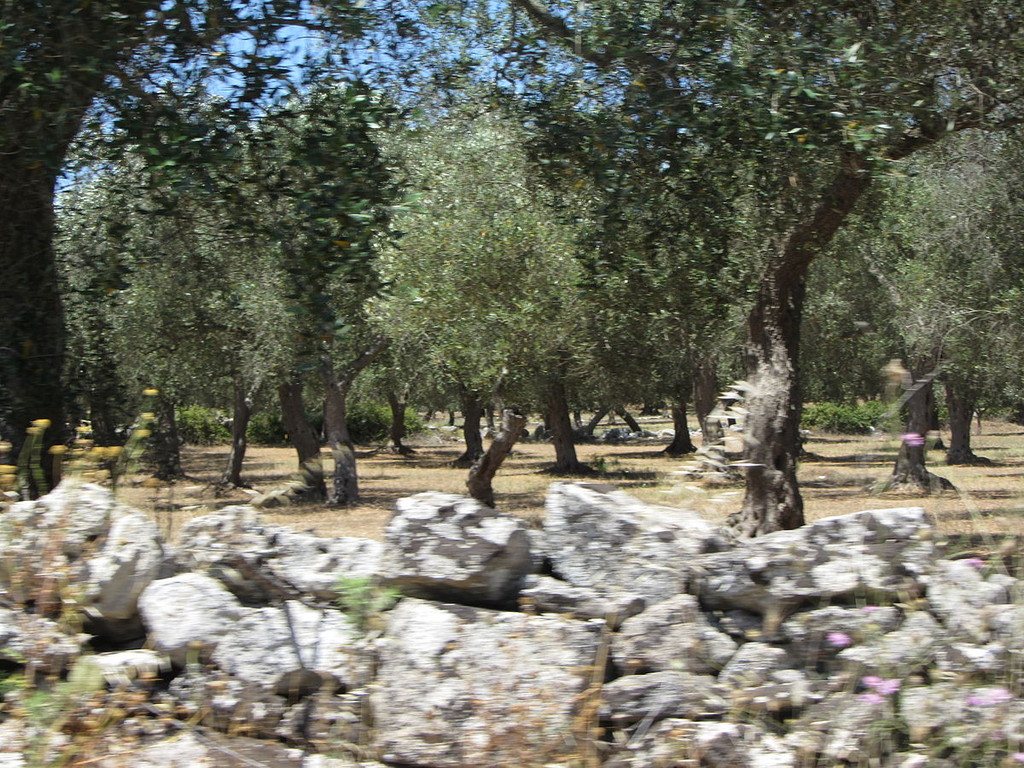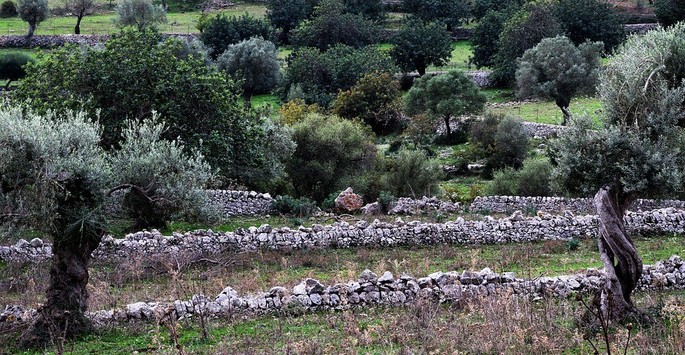"Known in Liguria from the Iron Age, they shape the landscapes and allow cultivation in impervious areas overlooking the sea: they are the drystone walls, one of the great signs of the local peasant culture, which run from east to west for a total length that exceeds that of the Great Wall of China". This is what Coldiretti Liguria says in reporting the recognition given to this construction technique, declared at the beginning of December, intangible Heritage of Unesco, on the basis of the candidacy put forward by Italy with Croatia, Cyprus, France, Greece, Slovenia, Spain and Switzerland. The drystone walls, the most famous of which are those of the Cinque Terre, are one of the symbols of the harsh Ligurian territory, built with a method that is handed down from generations of farmers, to "keep" the bands for cultivation.

[Building wall, credit Meliorfoto]
The construction of the dry stone wall is done by juxtaposing the stones one on top of the other, without using other materials except in some cases, the dry earth; the perpetual stability of the structures is ensured by the careful selection and positioning of the stones. This technique, in addition to unmistakably marking the local rural landscape, is a valuable ally in the prevention of landslides, floods, avalanches, and in the fight against erosion and desertification of the earth.

[Credit Pava]
"In Liguria, most of these artefacts are concentrated in the provinces of Imperia and La Spezia, due to the conformation of the territory and the strong vocation of the areas to floriculture and viticulture. But all of Liguria is a land with few flat areas, where it quickly passes from the sea to the mountains: this is why the well-known terraces have always been used to try to have as much productive land as possible. The availability of cultivated land means quality agricultural production, food and environmental safety for the entire community. Having given this recognition to the peasant art of drystone walls also highlights the important role that farmers have in defending the territory: in a land increasingly subject to intense meteorological phenomena where the soil is fragile, they turn out to be a valid ally for the containment of landslides and floods. They are therefore an extraordinary historical, environmental and cultural heritage to be defended, testimony of a collective work that has always shaped our hills and mountains. "

















